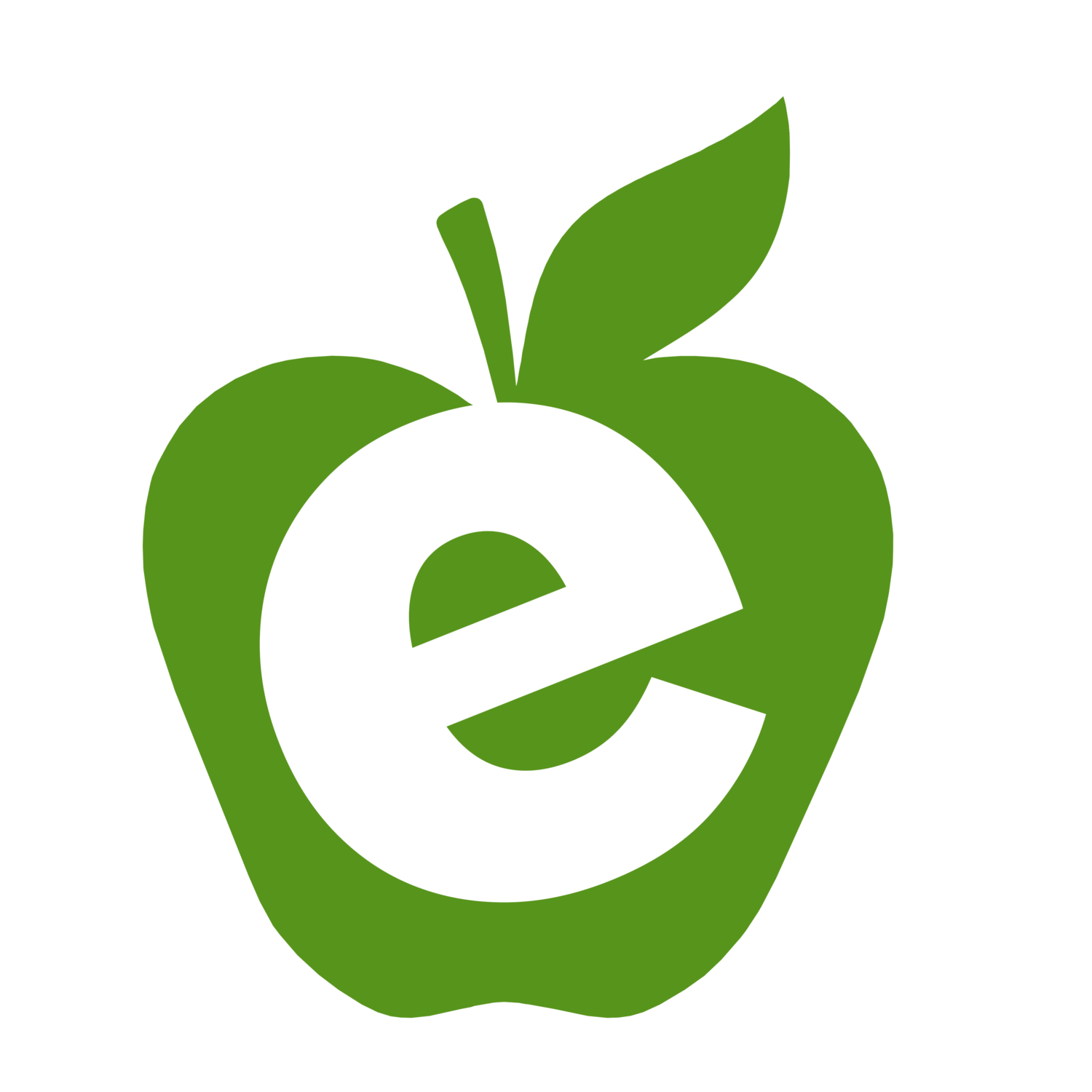Several of my academic peers were discussing their frustrations with high school curriculum on Facebook this week. Freshman English professors at several higher education institutions shared their experiences with a number of students who said they had never written a paper in high school. Even worse, many of those students had taken high school AP English courses. Some high school AP teachers joined in the discussion, saying their schools enroll 80% of kids in AP to increase their schools’ state standing. The frustration was real for both high school and college educators. Students weren’t mastering skills needed for college, but they were “perceived” to be prepared and in some cases even “above average.”
This week we take on the frustrations of these education professionals and fuse them with research about educating the whole student from Dr. Todd Rose, his book, and his famous TedTalk, The Myth of Average. This post also connects back to this article we wrote and other responses to the argument that school choice is dismantling “education as a communal goal.” Rose argues when we don’t consider the individual student at all, we are also doing a disservice to our overall education system.
The professors’ facebook conversation is evidence of a real issue facing our nation today. Because of the importance placed on grade point averages and college entrance exams in college admissions, high school students are racing to be the “most” above average - take the most APs, excel in the most activities - but the truth of the matter is “average” is a myth. In his TedTalk, Todd Rose tells the story of improving the performance of fighter pilots by no longer designing the cockpit for “average” body types. Why? Because when the Air Force studied how many pilots were actually “average,” the number was 0.
Screenshot from “The Myth of Average”
Similar to a pilot’s jagged body profile, Rose explains how students also have jagged learning profiles. But as of now, most of the education system designs curriculum for students as if most of them are “average” in every area. But in fact, virtually no student actually matches the profile of the average student.
Screenshot from “The Myth of Average”
How could this mythical standard of “average” take a toll on the classroom? Think about it this way. Rose also discusses the use of measurements like Body Mass Index (BMI) as an example. BMI is a person’s weight in kilograms divided by the square of height in meters. The CDC describes BMI as follows,
“A high BMI can be an indicator of high body fatness. BMI can be used to screen for weight categories that may lead to health problems but it is not diagnostic of the body fatness or health of an individual.”(highlighting ours)
That last clause is crucial to understand because frequently BMI is misused for diagnosis. It is certainly a useful measure that can generally identify when someone has high abdominal fat, but it is also only measuring against the characteristics of a typical or “average” person. For example, a BMI of 25-29.9 is considered overweight, and Lebron James is currently listed as 6’8” and 250 lbs, a BMI of 27.5. Is the King overweight? Certainly not, but you get the picture.
Rose argues the same is true for students. We need more than their “learning BMI.” A student profile that gives more depth about their abilities does a better job of helping educators address their strengths and weaknesses. Of course, Rose recognizes how overwhelming this could feel for schools and teachers, and he isn’t necessarily arguing for “unique, snowflake” individualized treatment in the classroom in all cases. Instead, he encourages flexibility, suggesting “self-paced, mastery-based learning – and/or public school systems providing a diversity of programs to choose from.”
Circling back to balancing the communal goal of education with the individual, opportunity for broader school choice certainly would allow more students to find a “fit” for their educational needs that may or may not be well addressed in the public sector. Columnist, Alex Hernandez, writes,
“...we see more affluent families seek better fit (dare I say personalize?) through some combination of school choice, school-based advocacy, tutoring, afterschool and summer enrichment, third-party assessments and online learning… The question is how do we make educational fit available to every child in our public schools—not just those who can pay for it.”
Rose sees “equal fit” as the new foundation for an education equity agenda. So, why not give more students the opportunity to discover their best fit through opportunities like this one? Again, school choice is not the enemy of education equity. It recognizes that the way the system functions at present isn’t serving this communal goal (or the individual) well. Offering school choice may just be the way to move past educating to the “average” student.



